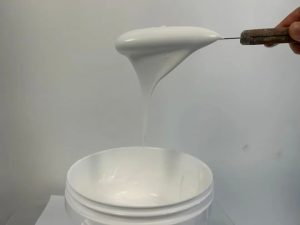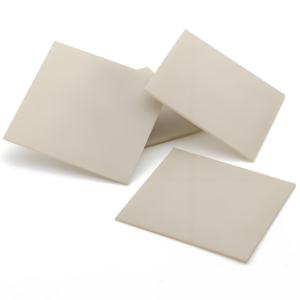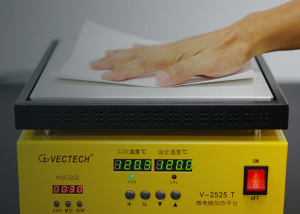Professional industry ceramic supplier, silicon nitride, silicon carbide, aluminum nitride and any other kinds of ceramics.
1. Introduction
In the past 48 hours, global demand for high-performance refractory materials has surged due to increased production in electric vehicle battery recycling facilities, where silicon carbide crucibles are essential for melting and purifying lithium and cobalt alloys at extreme temperatures. This renewed industrial focus underscores the critical role of advanced ceramics in sustainable technology supply chains.
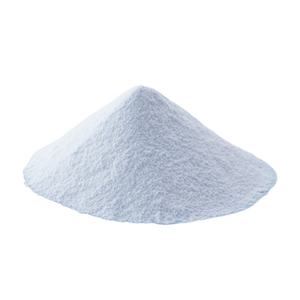
Silicon carbide crucibles represent a cornerstone of high-temperature processing equipment. Unlike conventional ceramic containers, these crucibles leverage the exceptional thermal, mechanical, and chemical stability of silicon carbide (SiC)—a compound renowned for its hardness, thermal conductivity, and resistance to thermal shock. This article explores the science, applications, and market context of silicon carbide crucibles, while addressing frequent confusion with similarly named but functionally distinct products such as silicon carbide ceramic dinnerware.
2. What Is a Silicon Carbide Crucible?
A silicon carbide crucible is a container made primarily from silicon carbide ceramic, engineered to withstand temperatures exceeding 1,600°C (2,912°F). These crucibles are used to melt, hold, or process reactive metals, glass, and other high-purity materials without contamination. The material’s low thermal expansion and high thermal conductivity enable rapid heating and cooling cycles without cracking—making it ideal for foundries, laboratories, and semiconductor manufacturing.
Manufacturers produce silicon carbide crucibles through processes such as reaction bonding (RBSiC), sintering, or nitride bonding. RBSiC silicon carbide tile blocks, for instance, share similar fabrication techniques and are often repurposed or adapted into custom crucible geometries for specialized industrial furnaces.
3. Key Properties and Advantages
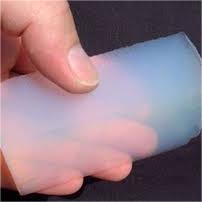
Silicon carbide crucibles outperform alternatives like alumina (Al2O3) or zirconia (ZrO2) crucibles in several critical areas:
- Exceptional thermal shock resistance
- High thermal conductivity (up to 120 W/m·K)
- Superior corrosion resistance against molten metals and slags
- Mechanical strength retention at elevated temperatures
- Low reactivity with most molten materials, ensuring product purity
These attributes make silicon carbide crucibles indispensable in aluminum casting, precious metal refining, and crystal growth processes where contamination must be minimized.
4. Comparison with Other Advanced Ceramics
While silicon carbide dominates high-heat crucible applications, it is often compared to other advanced ceramics. Boron carbide vs silicon carbide debates typically arise in armor and abrasive contexts—boron carbide is harder but more brittle and expensive, making it less suitable for large crucibles. Meanwhile, silicon nitride (Si3N4) offers excellent fracture toughness and is used in components like silicon nitride rings, plates, and custom heat shields, but it is generally not preferred for crucibles due to lower thermal conductivity and higher cost.

Specialized facilities such as a silicon nitride crucible factory do exist for niche applications requiring extreme impact resistance, but silicon carbide remains the industry standard for most high-temperature containment needs. Similarly, zirconia crucibles are favored only when ultra-high purity in oxidizing atmospheres is required, despite their susceptibility to thermal shock.
5. Common Misconceptions: Dinnerware vs. Industrial Ceramics
A frequent source of confusion stems from marketing terms like ‘silicon carbide ceramic baking dish,’ ‘silicon carbide dinner ceramic plates,’ or ‘silicon carbide ceramic butter dish.’ In reality, these consumer kitchenware items rarely contain actual silicon carbide. True silicon carbide is black, extremely hard, and not food-safe in raw form. Most so-called ‘silicon carbide’ dinnerware is actually stoneware or porcelain glazed to resemble industrial ceramics—sometimes referencing brands like Staub for aesthetic appeal.
Genuine silicon carbide is used industrially in forms such as silicon carbide ceramic tiles, burner nozzles, bricks, columns, and tubes—not tableware. Products labeled as ‘silicon carbide ceramic plates for painting’ or ‘children’s plates’ are decorative ceramics with no functional SiC content. Consumers should verify material specifications to avoid misleading claims.
6. Related Industrial Components
Beyond crucibles, silicon carbide is fabricated into numerous high-performance components:
- Silicon carbide ceramic tubes and thermocouple protection tubes for furnace use
- Silicon carbide discs and grinding discs for precision machining
- Silicon carbide ceramic piping for corrosive fluid handling
- RBSiC silicon carbide tile blocks and pillars for structural support in kilns
- Silicon carbide ring seals and burner nozzles in combustion systems
These parts benefit from the same core properties that make silicon carbide crucibles reliable: durability under thermal stress and chemical inertness.
7. Conclusion
Silicon carbide crucibles are vital tools in modern high-temperature industries, offering unmatched performance in demanding environments. While the term ‘silicon carbide’ is sometimes co-opted in consumer markets for aesthetic branding, true silicon carbide ceramics remain firmly in the domain of advanced industrial and laboratory applications. As sectors like battery recycling and semiconductor manufacturing expand, the demand for authentic silicon carbide crucibles—and related components like tubes, tiles, and nozzles—is expected to grow, reinforcing SiC’s status as a foundational material in advanced ceramics engineering.
Our Website founded on October 17, 2012, is a high-tech enterprise committed to the research and development, production, processing, sales and technical services of ceramic relative materials such as Silicon. Our products includes but not limited to Boron Carbide Ceramic Products, Boron Nitride Ceramic Products, Silicon Carbide Ceramic Products, Silicon Nitride Ceramic Products, Zirconium Dioxide Ceramic Products, etc. If you are interested, please feel free to contact us.

